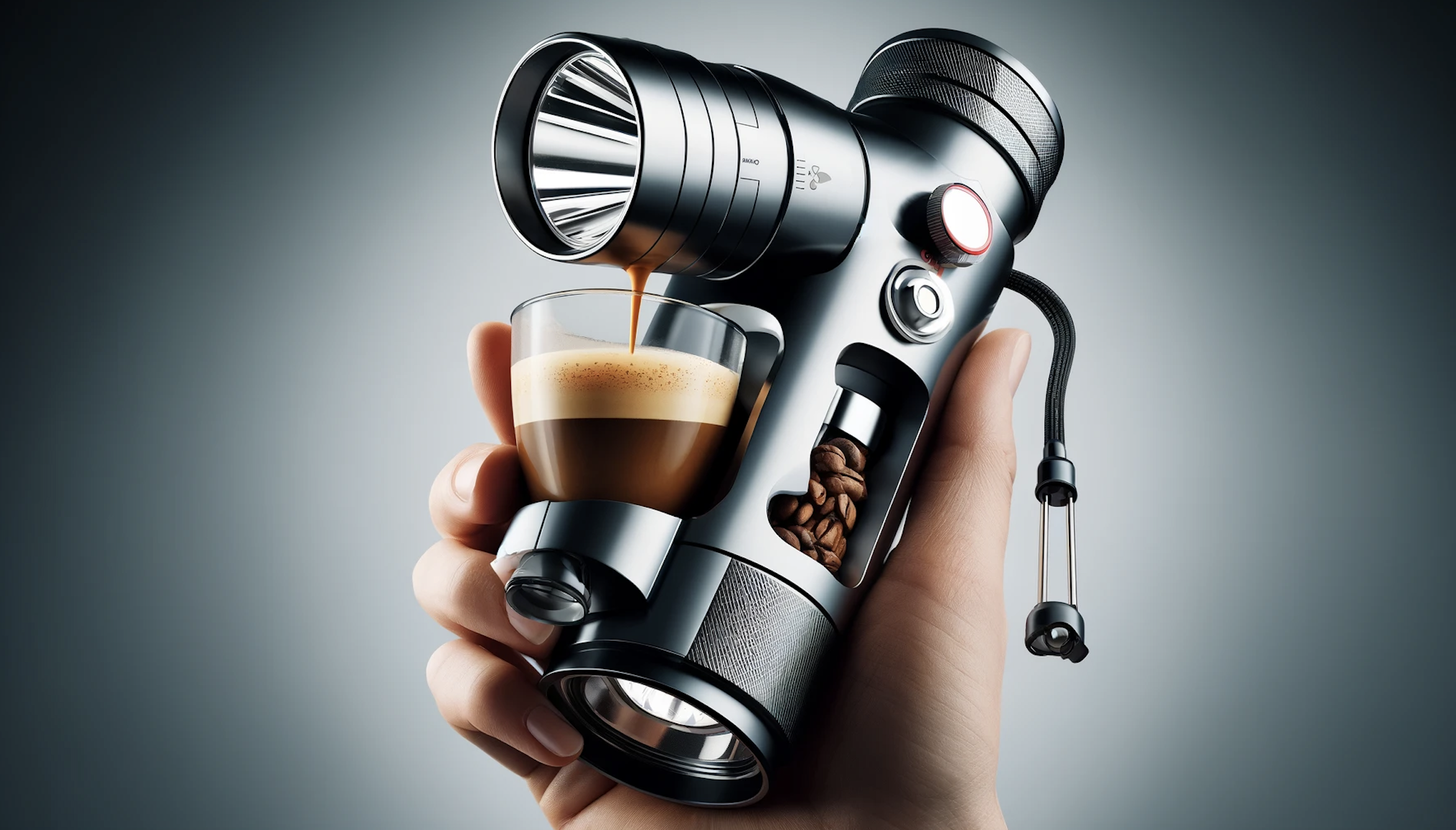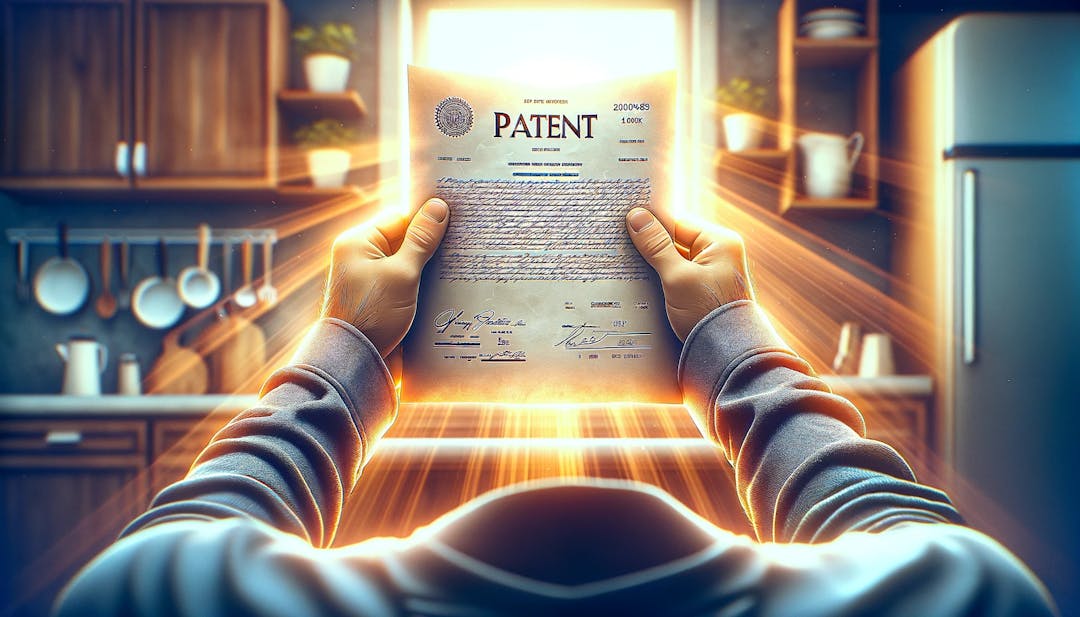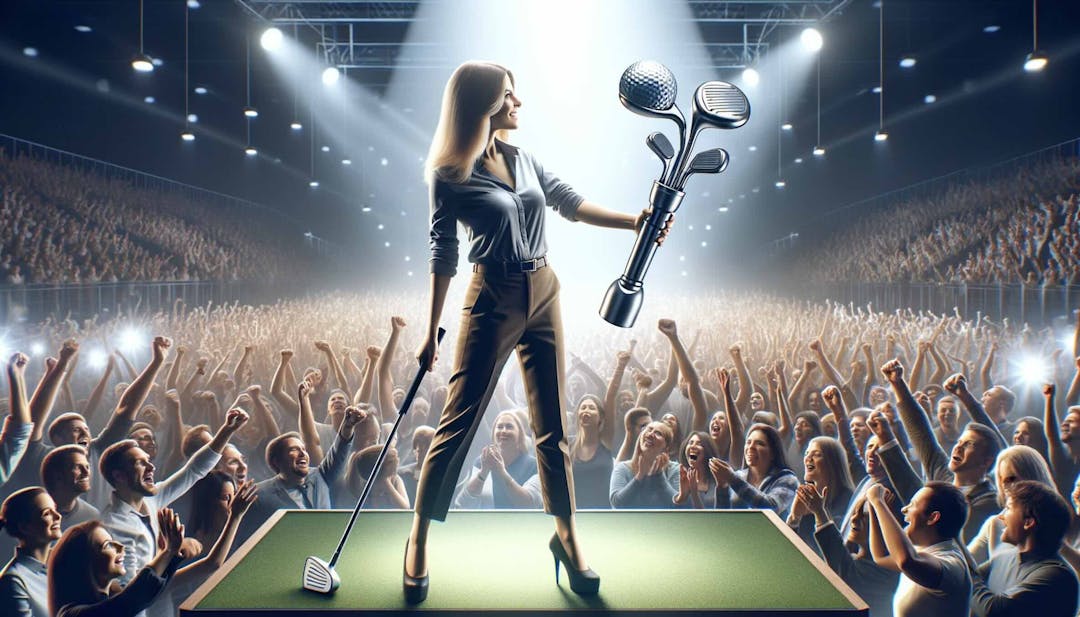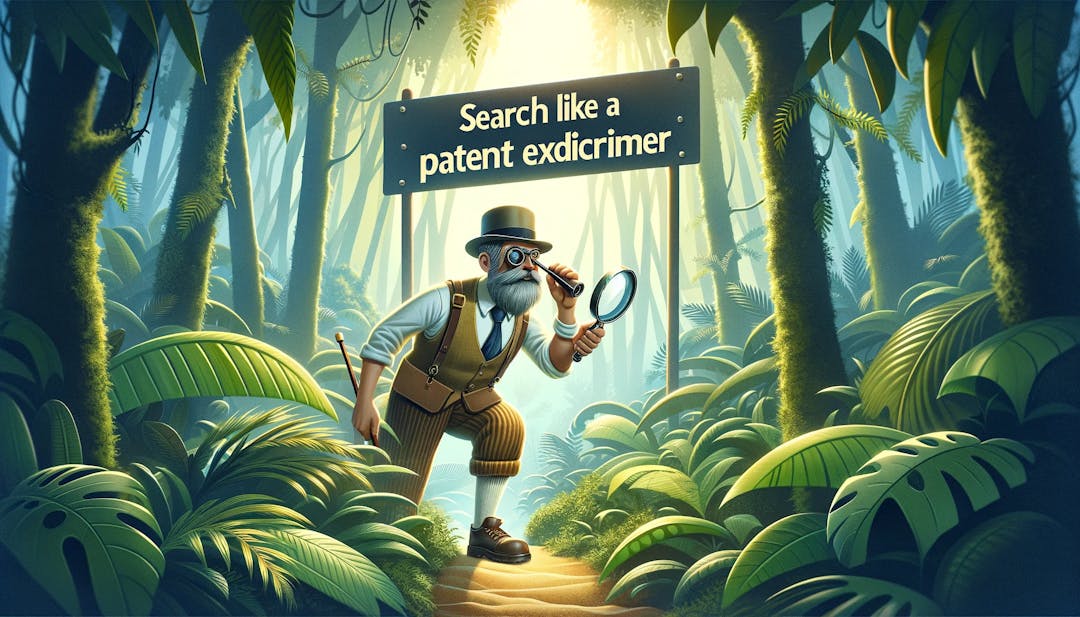Are product improvements patentable?
The short answer is yes. In fact, every modern invention can be thought of as an improvement on the prior art that has come before it. Something as revolutionary as Edison's electric lamp was granted on an improvement over previous electric lamps ↗.
What are the standards for patenting a product improvement?
The standards for patenting an improvement are no different - novelty, non-obviousness, and utility. Particularly when it comes to an improvement patent, you will need to focus on non-obviousness - meaning that your invention should not be something that would be obvious to someone skilled in the relevant field.
Obviousness is a subjective standard, so talking to an expert may be helpful. If you want to familiarize yourself with some of the concepts, you can review the USPTO's Manual of Patent Examining Procedure covering obviousness here https://www.uspto.gov/web/offices/pac/mpep/s2141.html ↗
What do you have the right to do with an improvement patent?
If you are issued an improvement patent, this does NOT give you the right to practice (e.g., make or sell) your invention - it allows you to prevent others from practicing your improvement. So assume there is a newly patented flashlight that has the ability to make espressos. You make an improvement so that it also includes a milk steamer - so you can actually make lattes. If you get that improvement patent, you are NOT granted rights to practice your invention, you are only able to prevent others from practicing your invention (or licensing your patent rights so that they can). Note that you can only grant rights to your improvement, so if a third party wanted to manufacture a latte-making flashlight, they would have to get rights both from you and from the inventor of the espresso-making flashlight.
 ## Patenting Accessories and Improvements
## Patenting Accessories and Improvements
When considering accessories and other types of improvements on existing products, the key question is whether these alterations meet the criteria of novelty, non-obviousness, and usefulness. For inventors looking to patent an accessory or improvement, the breadth of possible IP protection may be narrower, so a patent search may be warranted. This search aims to uncover any existing patents or published applications that could affect the patentability of the new invention.
Search like a Patent Examiner ↗ is an useful resource, particularly for new inventors and inventors filing their first independent patent (e.g., vs. patenting for their employer). This detailed guide provides insights into conducting effective patent searches, mimicking the methods used by patent examiners. A comprehensive search not only helps in identifying potential obstacles in the patent process but also assists in refining the invention to enhance its novelty and non-obviousness.
Modern Patent Sales ↗ offers insights into the patent process beyond obtaining protection, exploring how patented inventions can be commercialized and brought to market. Understanding the end-to-end process, from patenting to commercialization, is essential for inventors looking to fully leverage their intellectual property.
Conclusion
Patenting accessories and improvements to existing products can be a pathway to protecting and commercializing your innovations. By understanding the criteria for patentability and undertaking a thorough patent search, inventors can improve their odds of securing a commercially meaningful patent. If you want to talk more about patenting improvements or accessories, grab time from my calendar at meet.dyor.com ↗.





















